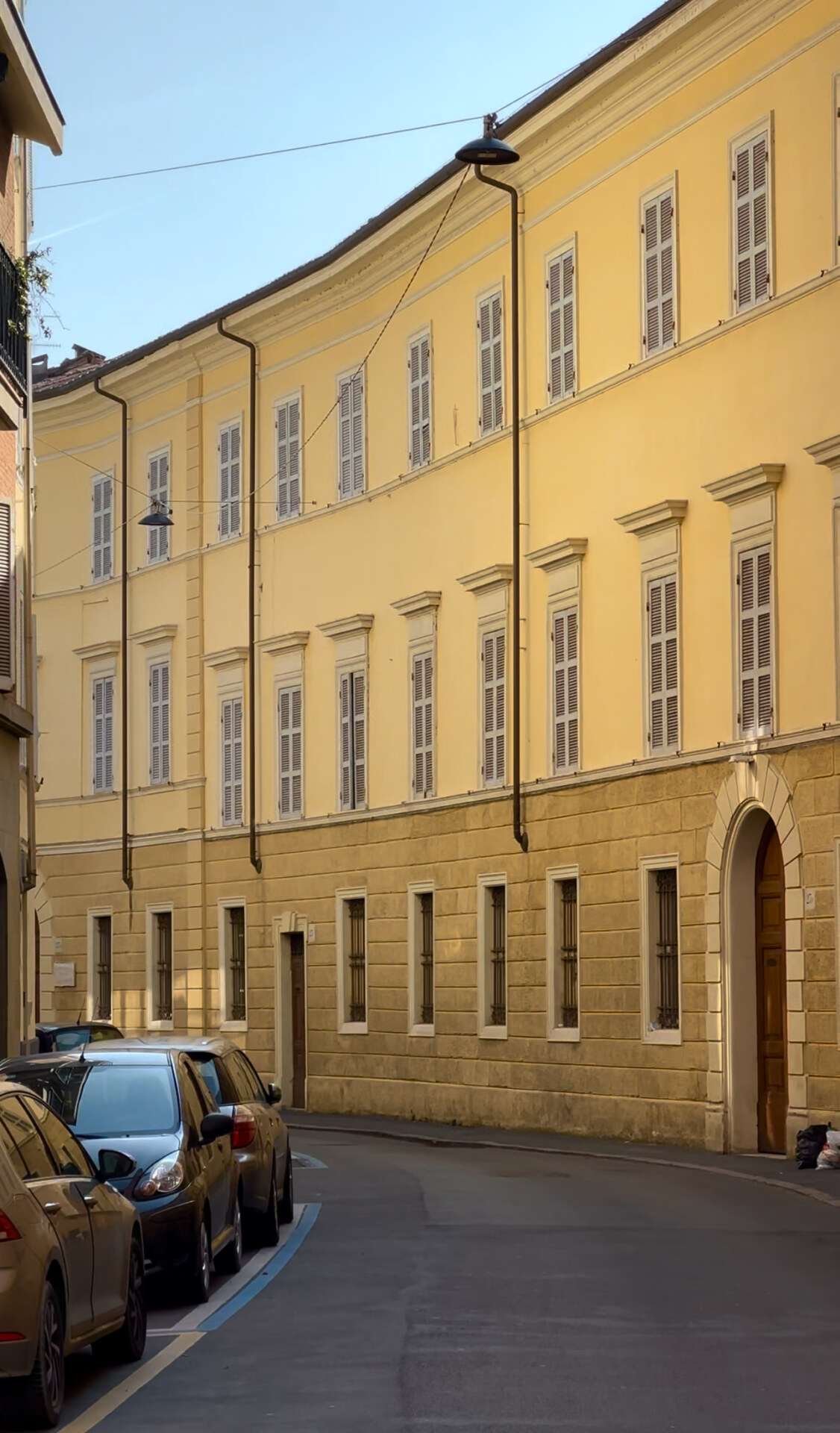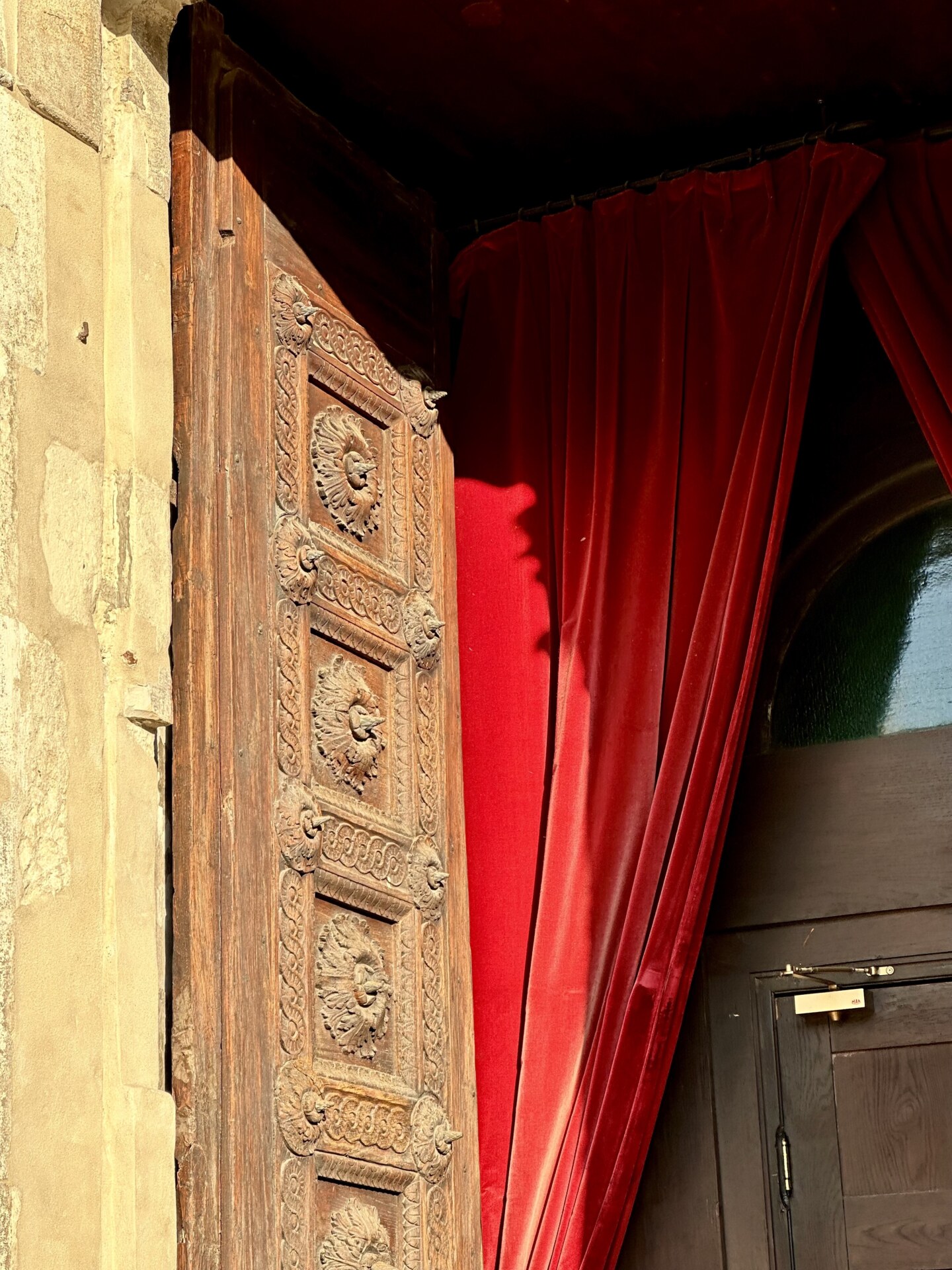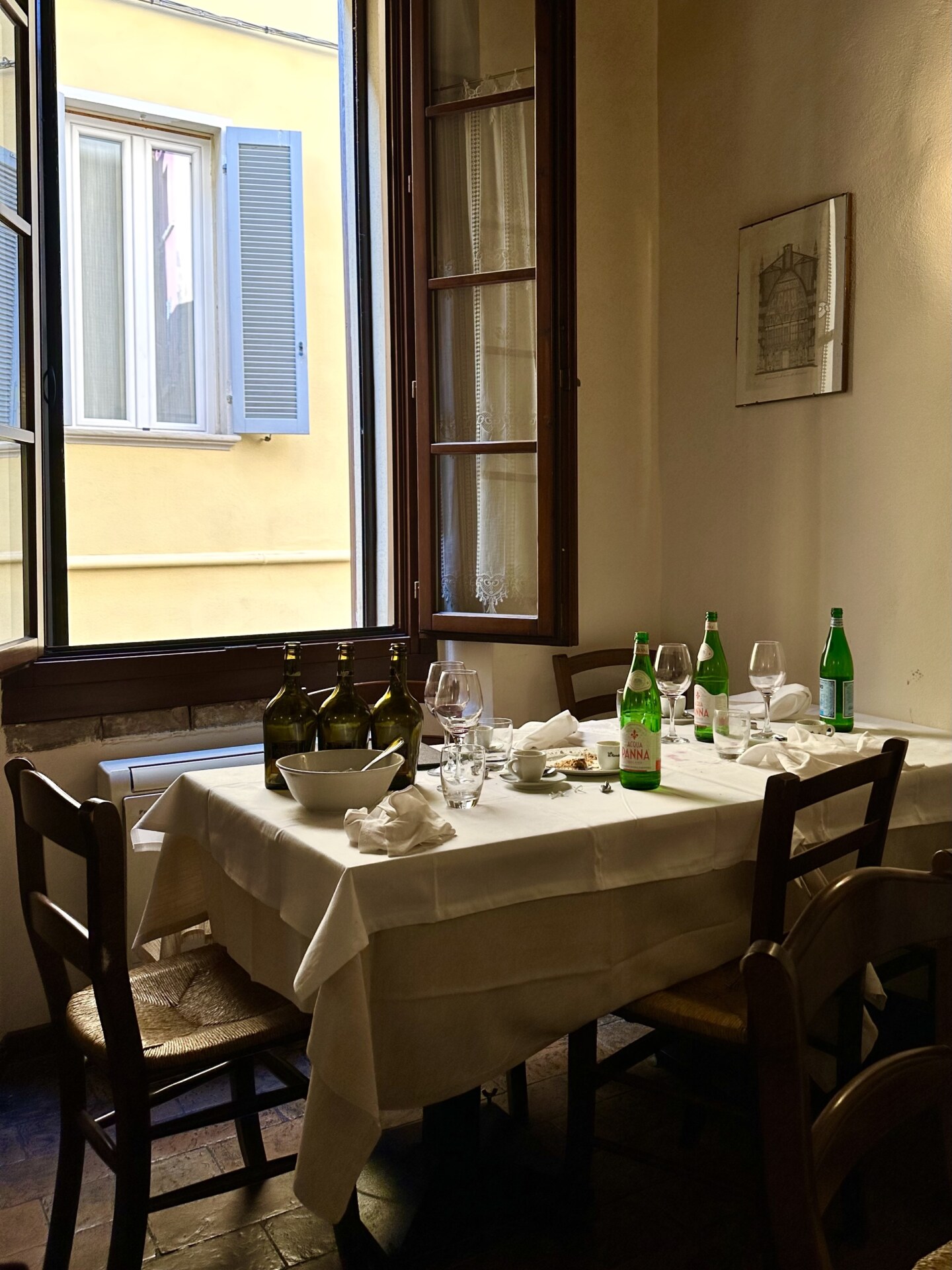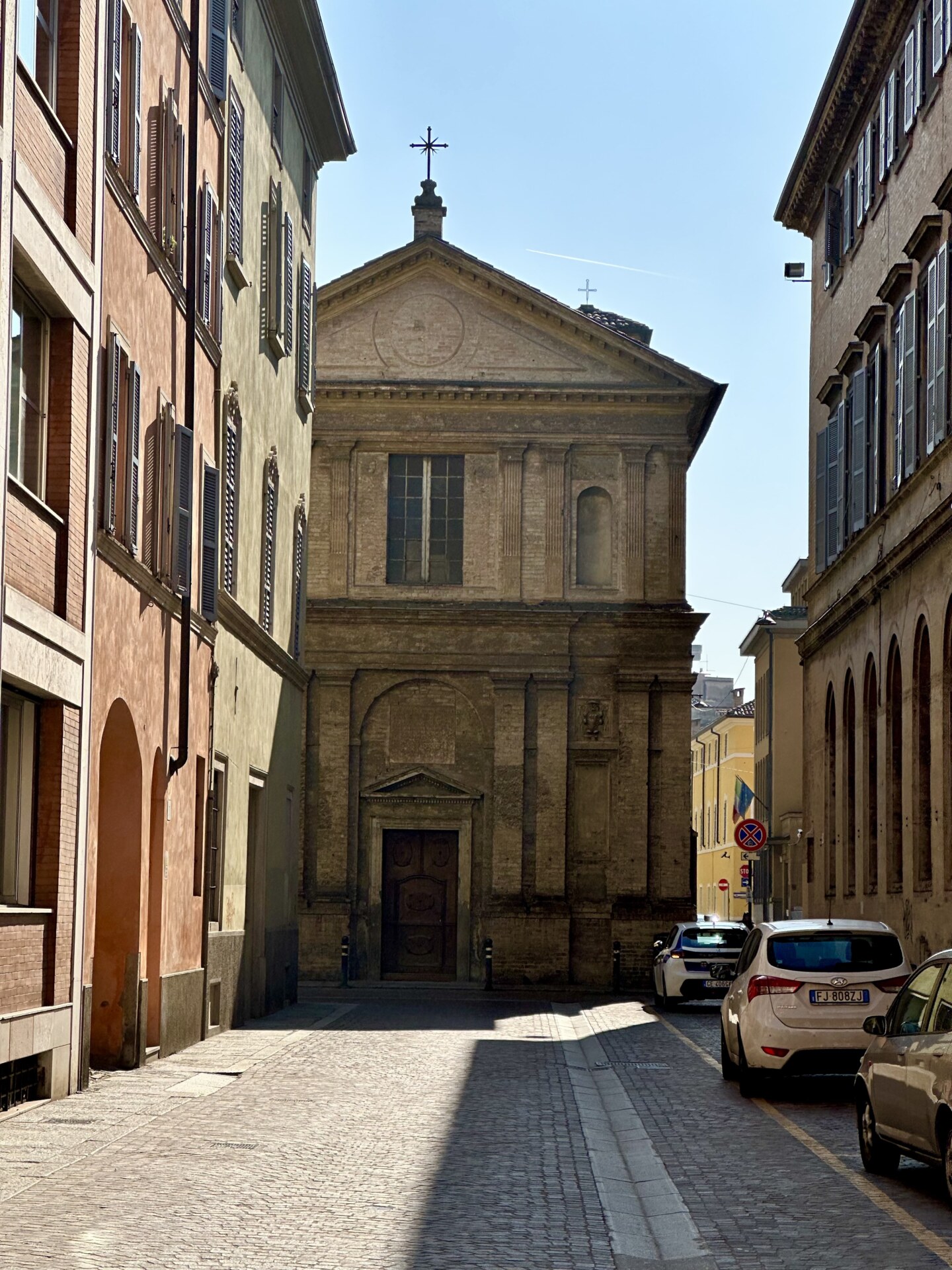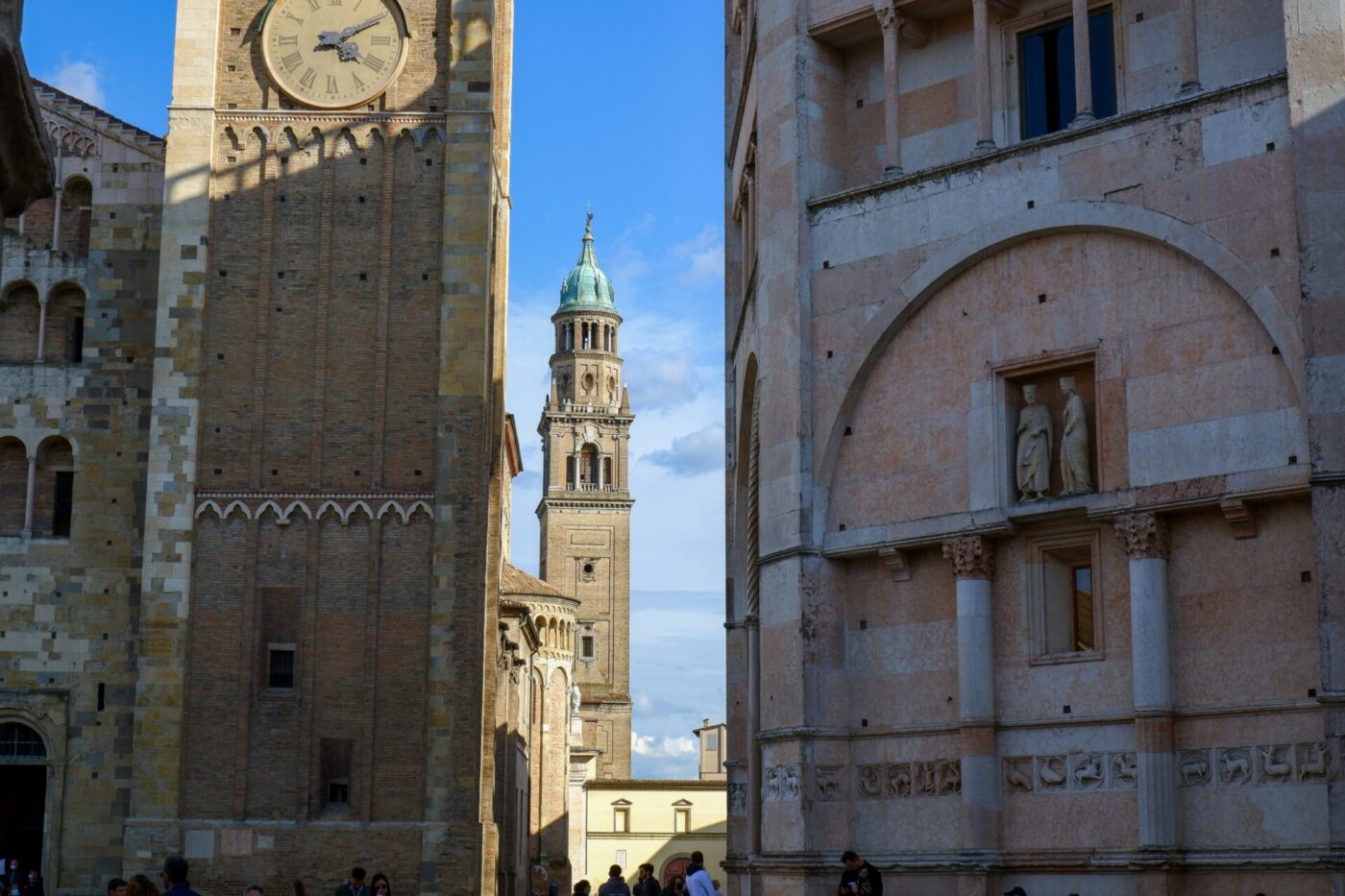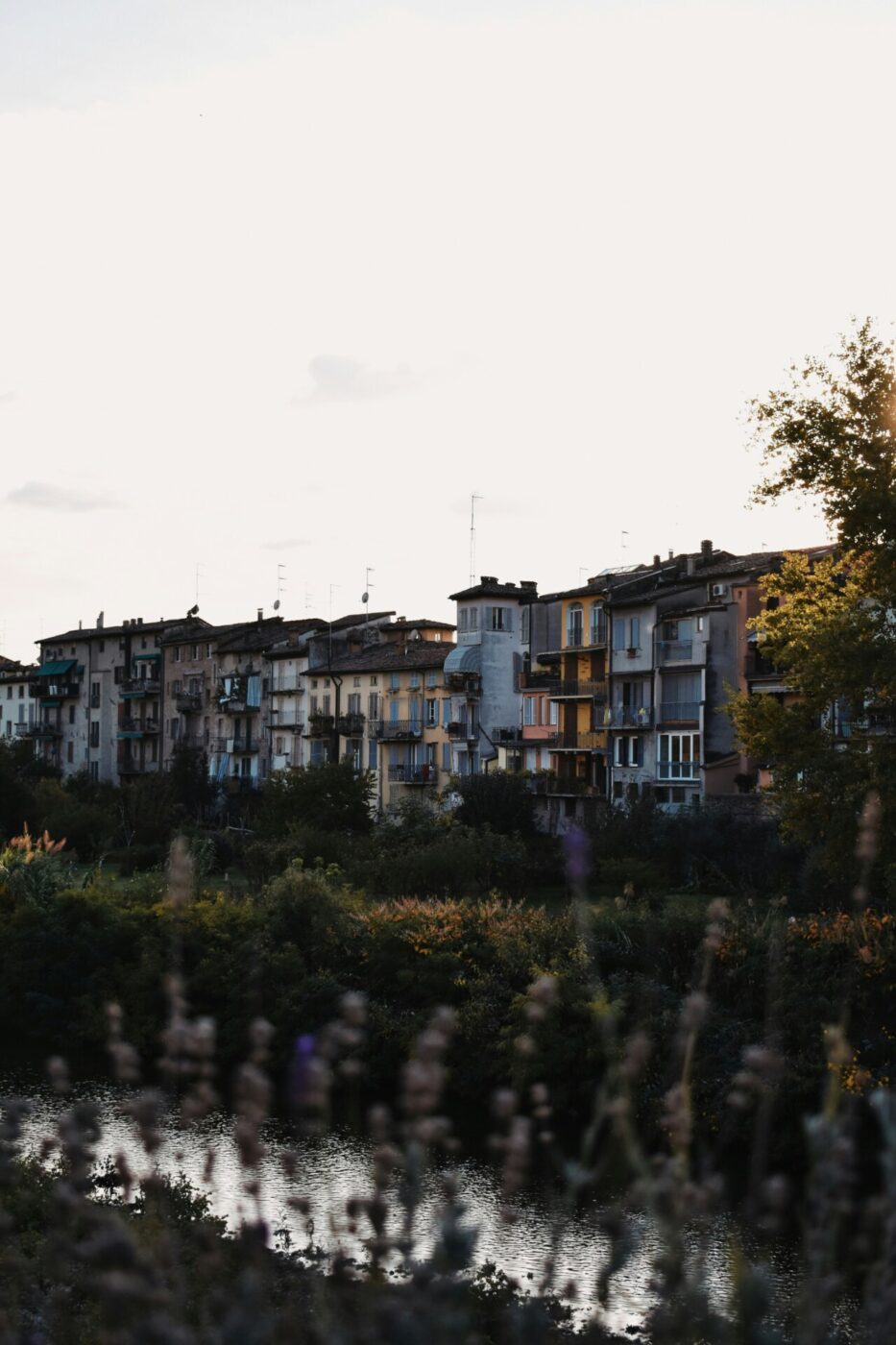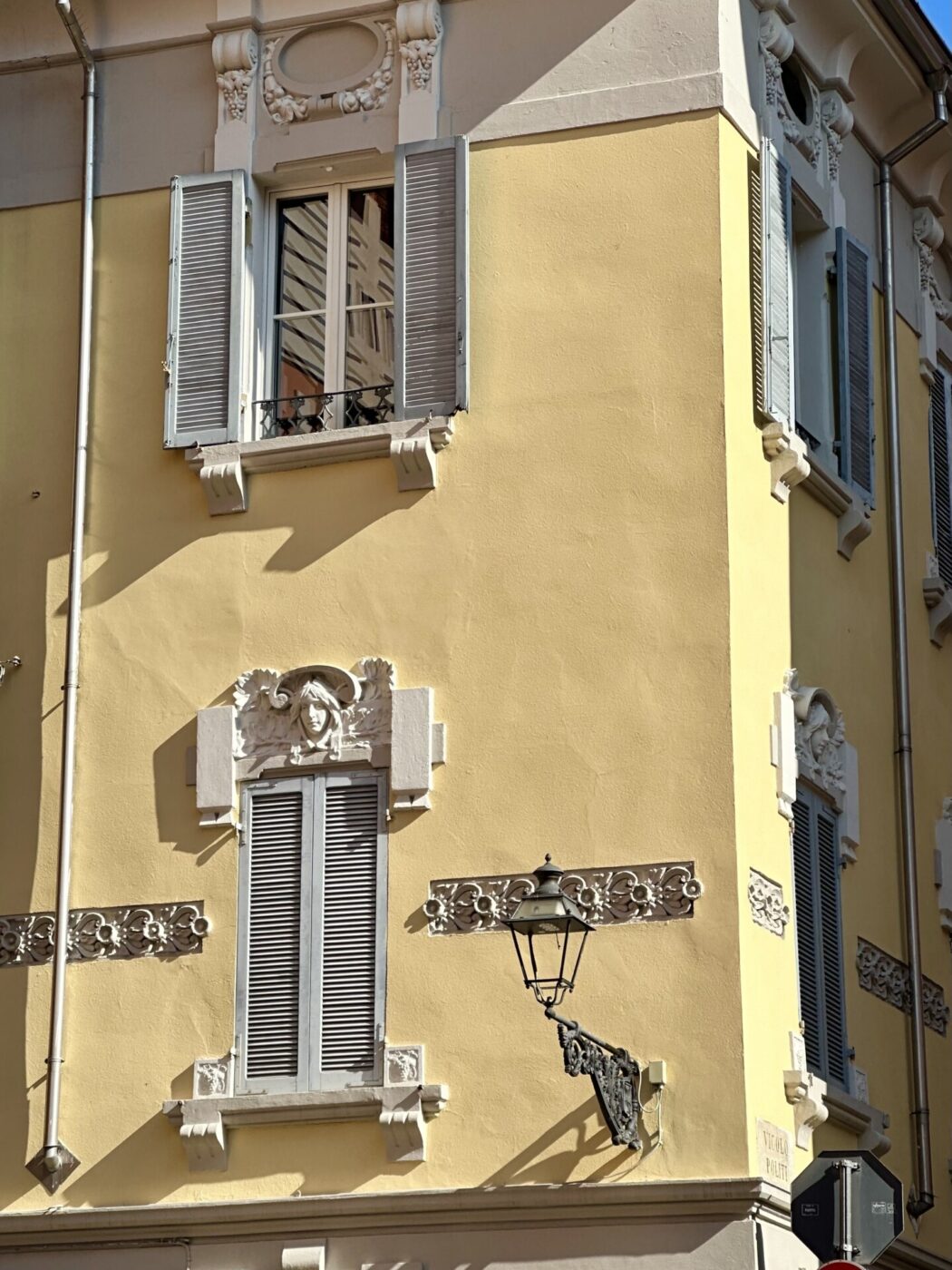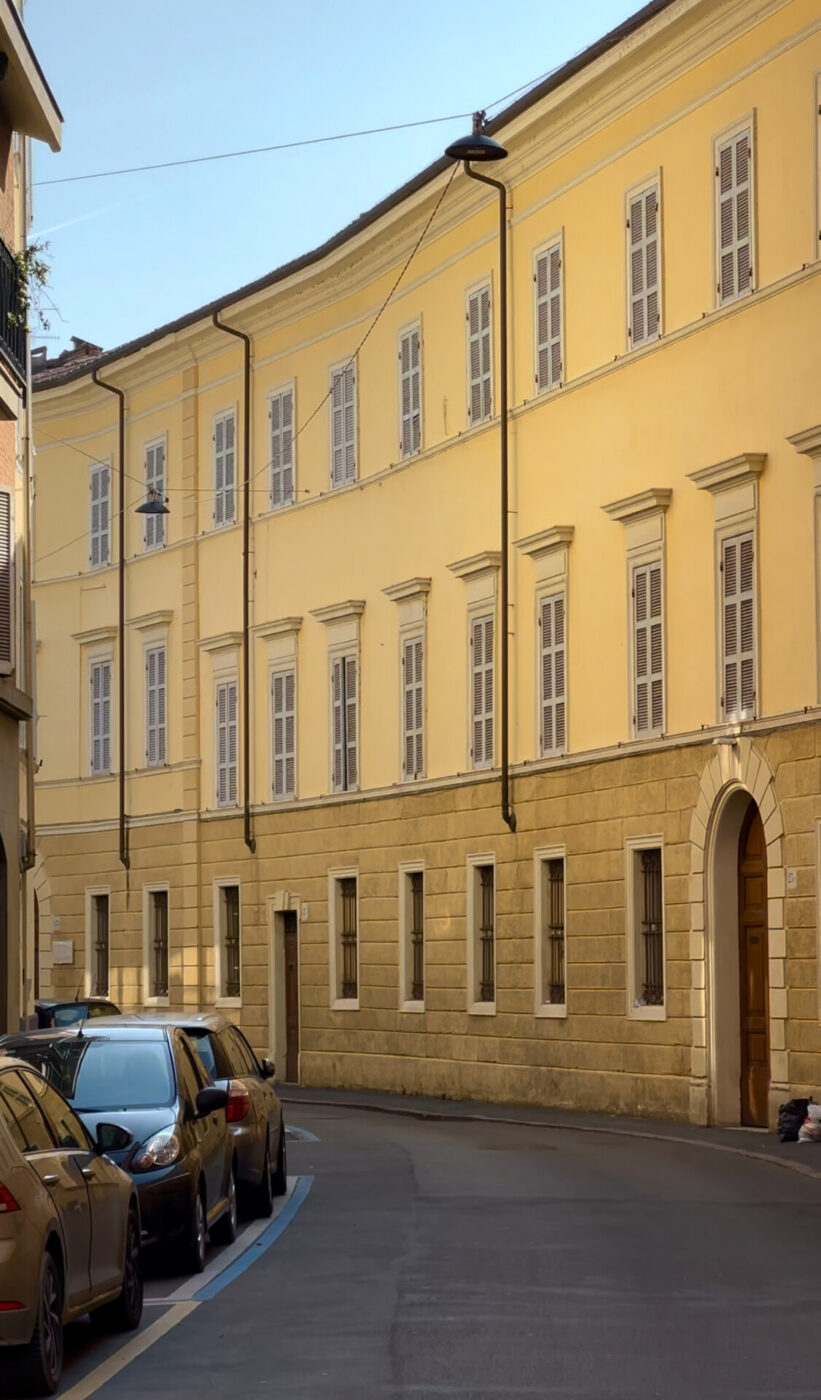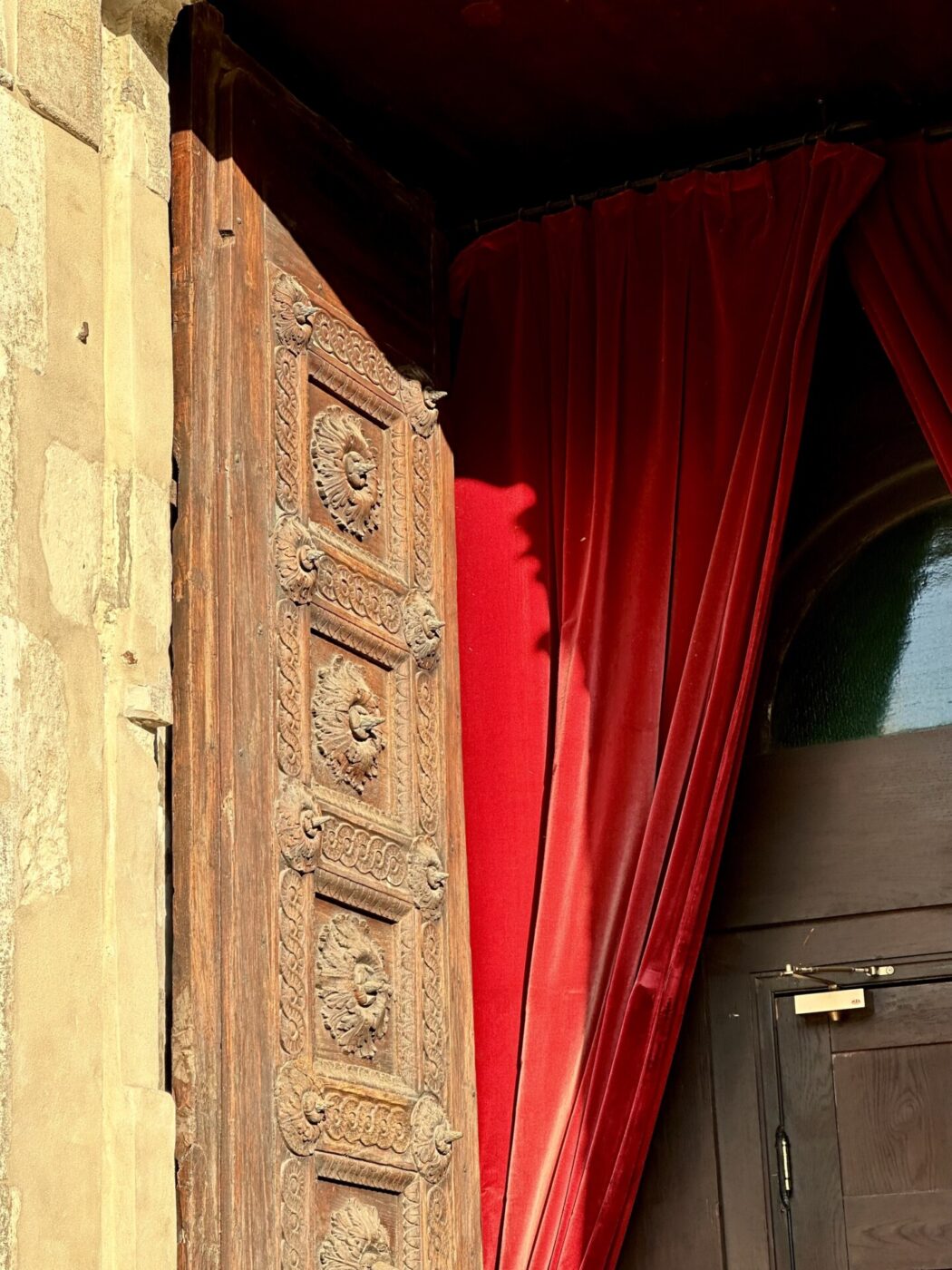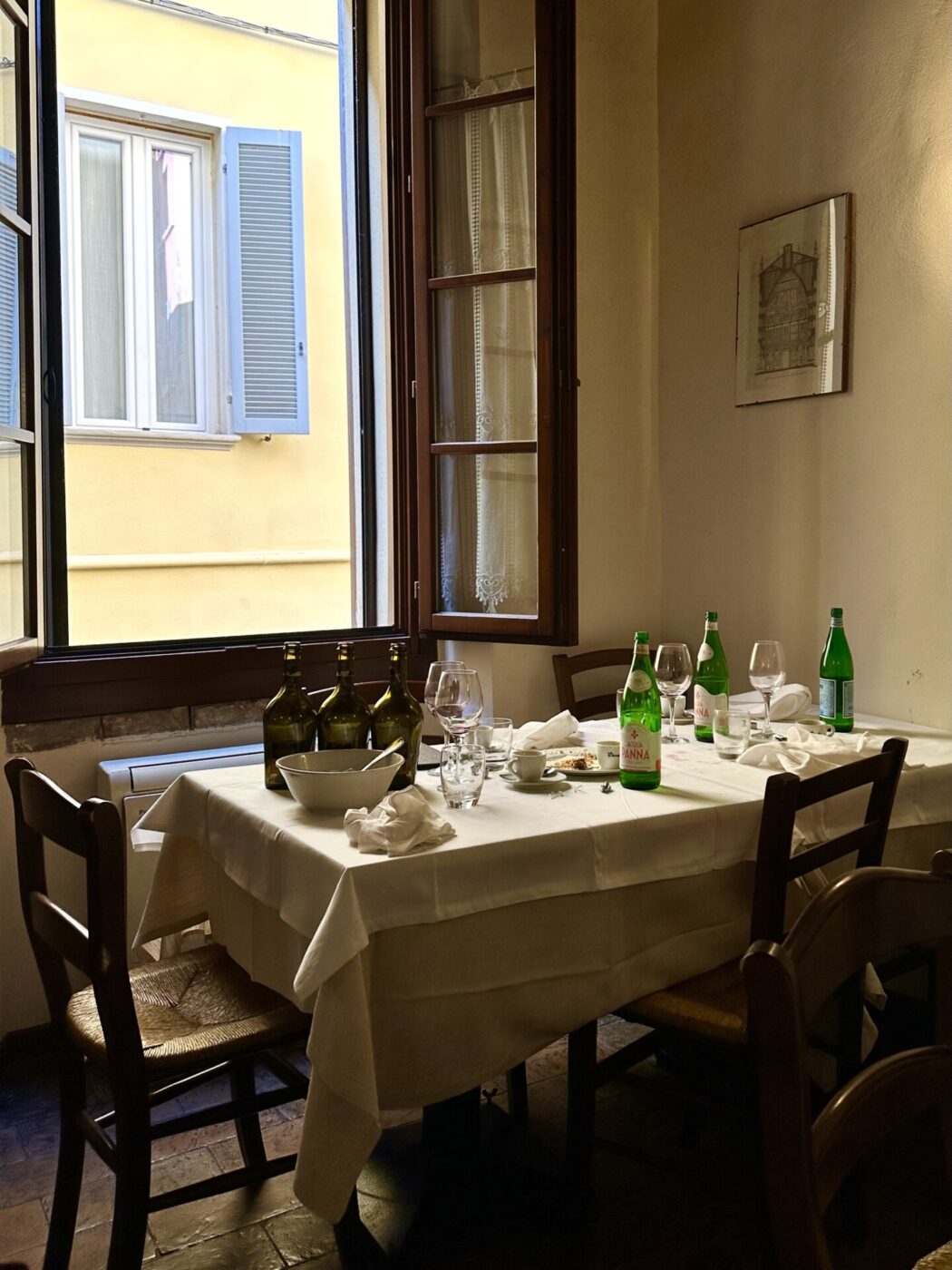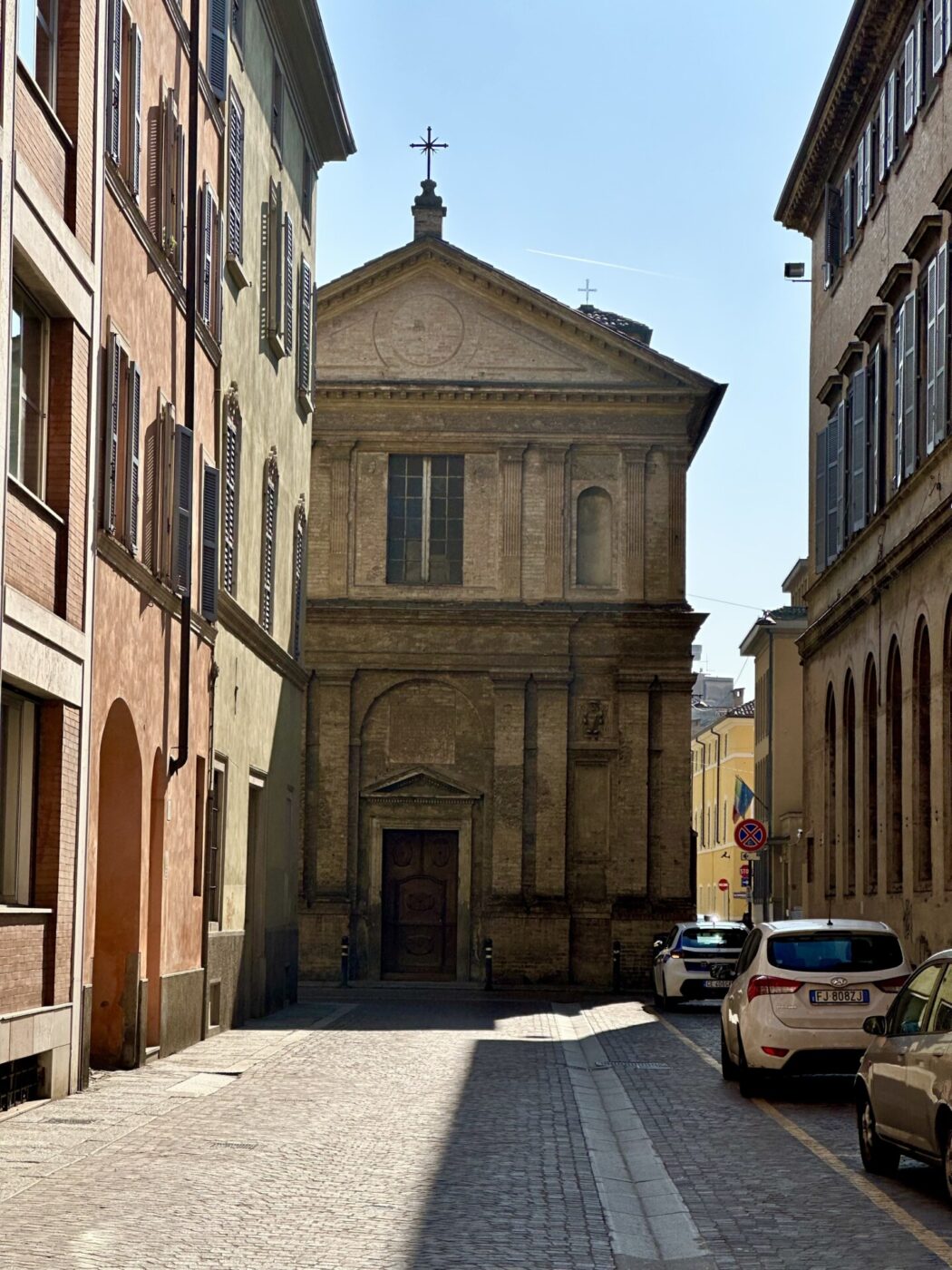Traveling along the Via Emilia with an ear tuned to listen, you’ll reach a city an hour past Bologna that seems to speak more French than Emilian. And it’s not just a figure of speech. This town is Parma, a small city in the Po Valley that has always been distinguished for its good taste and iconic products—Parmigiano Reggiano and Prosciutto di Parma among them. Although these gastronomic exports couldn’t be more synonymous with Italian culture, the town has earned the nickname as Italy’s “petit Paris”, in part for the bistro-style restaurants, elegant boutiques, and picturesque flower shops lining the center, but also for the historical events that tied the city to the fate of France.
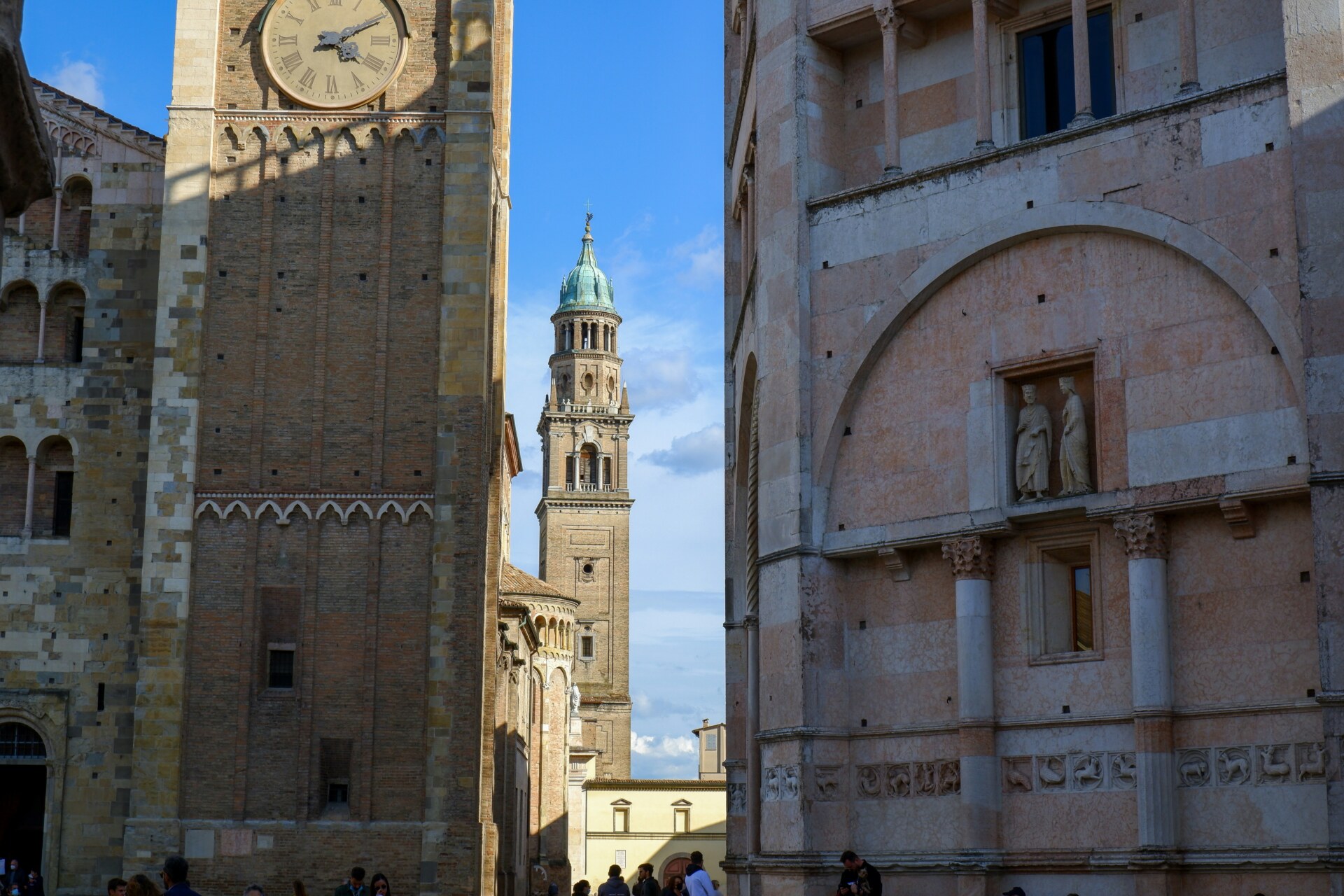
Initially ruled by the Farnese, the French first exerted their influence on Parma in the mid-18th century, during the Bourbon (Spanish) rule. The Duke of Parma, Filippo I, married the eldest daughter of France’s King Louis XV, Luisa Elisabetta or “Babette”. Under her new rule, the Duchy began to change irreversibly as she filled the court with craftsmen—architects, decorators, cabinetmakers, sculptors, or tailors—from beyond the Alps who looked to Paris for their inspiration. Architects like Petitot and sculptors like Boudard were hired with the ambition of placing Parma among the European capitals of 18th-century art and taste. Little by little, they shaped the physical foundation of Parma into Paris’s likeness.
The reference to the French capital permeates every major street and tiny alley of Parma. I walk them with Giancarlo Gonizzi, the curator of the city’s historical archives, starting in the city center at Piazza Garibaldi, the long-lasting, busy hub of political and social affairs where the municipal buildings, rather than the typical Medieval style seen throughout the region, feature neoclassical architecture.
Next is the emblematic Ducal Park, reminiscent of Paris’s Luxembourg Gardens. “The Enlightenment Minister Guillaume du Tullio also asked Petitot to design a wide, tree-lined avenue in the style of French boulevards, which citizens know today as the Stradone,” Gonizzi tells me. The first example of its kind in Italy, the Stradone was divided into three lanes: the wider central one for the passage of elegant carriages–and today for car traffic–and the side lanes for walking. Four rows of trees, now horse chestnuts, shaded the avenue, equipped with marble benches for resting. “At the end of the street, Petitot wanted to erect a small café overlooking the surrounding countryside, today called ‘Casinetto Petitot,’ where the bourgeoisie and nobles could meet,” Gonizzi continues. Further, the river and Lungoparma snaking through the city divide it much like the Seine does Paris into the rive droite and rive gauche.
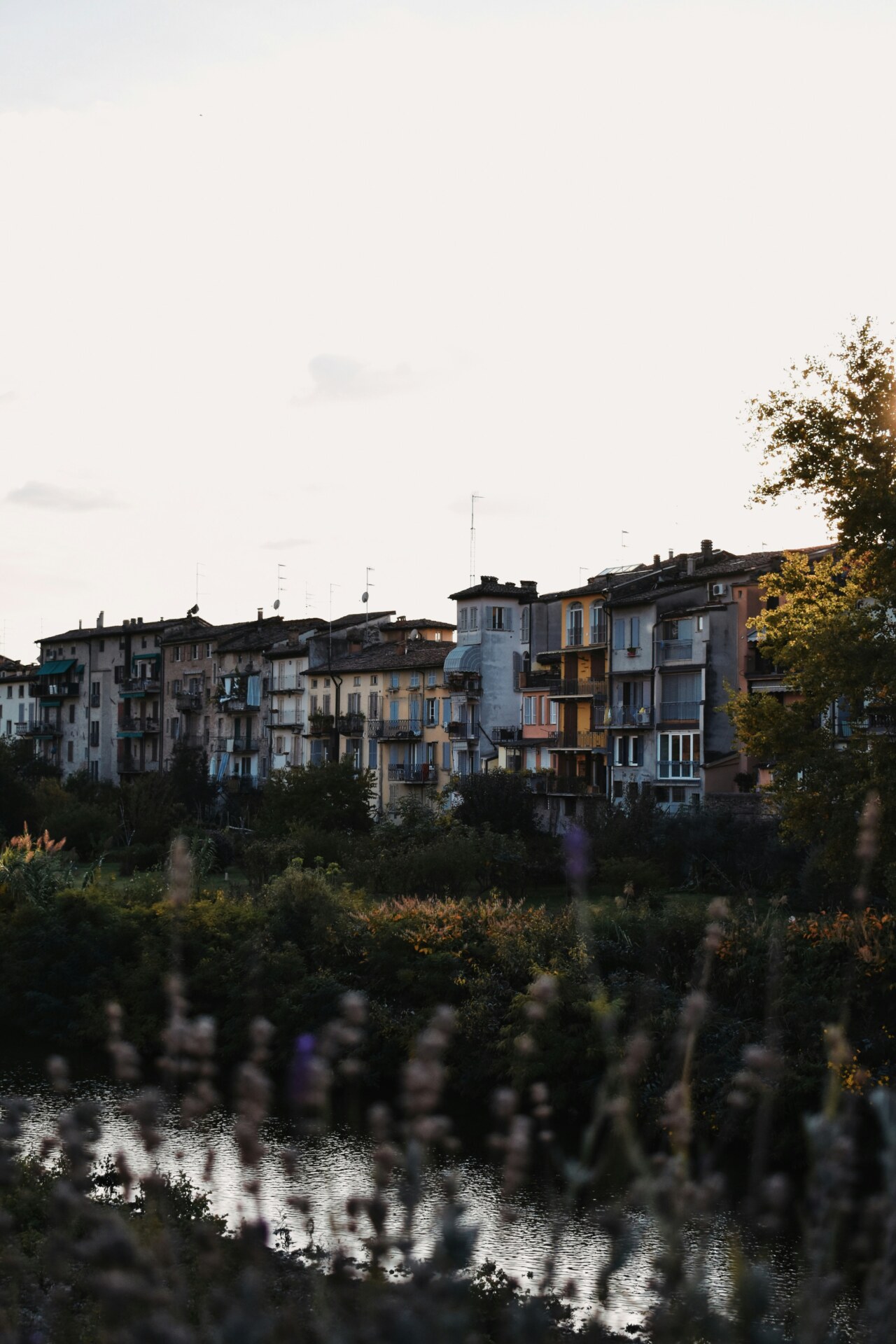
The 1700s also saw a boom of artistic and cultural fervor, earning Parma another moniker as “Athens of Italy”. Every new building erected became a monument of exaltation for the Bourbon dynasty. The modern day National Gallery has its roots in the Ducal Fine Arts Academy, which Duke Philip Bourbon founded with du Tulliot in 1752. Featuring impressive painting collections, including Guillaume-Guillon Lethière’s “Morte di Virginia” (“Death of Virginia”), and quickly became one of the most vital institutes in Europe at the time. Duke Philip also founded the Palatine Library in 1761 with Torinese Theatine monk Paolo Maria Paciaudi, creating from scratch an institution that would offer instruction in every branch of learning. Today, you can visit the library’s many exhibitions. In the culinary world, thanks to the very close court relations that existed between the Duchy and France, along with artists and craftsmen, a series of French chefs and sous-chefs arrived in the city, instilling a penchant for high-level cuisine that still influences Parma’s otherwise Emilian culinary culture today.
Although Parma wore its most Parisian robes during the Bourbon period, the figure to whom citizens still look with affection and gratitude is Duchess Maria Luigia of Habsburg, eldest daughter of the Holy Roman emperor Francis II, second wife of the emperor Napoleon I, and Duchess of Parma from 1814 to 1847. “If you ask a person from Parma to name a duke or duchess, the first name that will come to mind is undoubtedly Maria Luigia,” says Francesca Sandrini, director of the Glauco Lombardi Museum and the city’s leading expert on the figure, before explaining that the Duchess is an icon for the city, despite the historical controversy that swamps her.
In the beginning of the 1800s, the state marriage of the Duchess to the French Emperor Napoleon Bonaparte came like the cold move of a pawn on the chessboard of Restoration Europe. A woman both beloved and hated at the same time, the people of Parma nicknamed her the “good duchess”, while others painted her as a cold French Empress who abandoned Napoleon during his exile. Regardless, it was Maria Luigia’s loyalty to Italy in the face of Napoleon’s fate that earned her the Duchy of Parma and Piacenza during the Congress of Vienna.
Under her new reign, the French imprint in the city stayed, but changed in form. While Maria Luigia was intent on banning anything that recalled Revolutionary events, she adopted dogmas from beyond the Alps for her beneficent and welfarist policies. A woman of extreme culture and social sensitivity, she took up the cause of uplifting the social and moral fabric of the city after the Revolution, which was suffocated by poverty, unemployment, and ill health. Writings and memoirs recall her starting initiatives for childhood and maternity, personally caring for those affected by typhoid and cholera epidemics, and erecting “Via della Salute,” one of the first Italian public housing interventions.
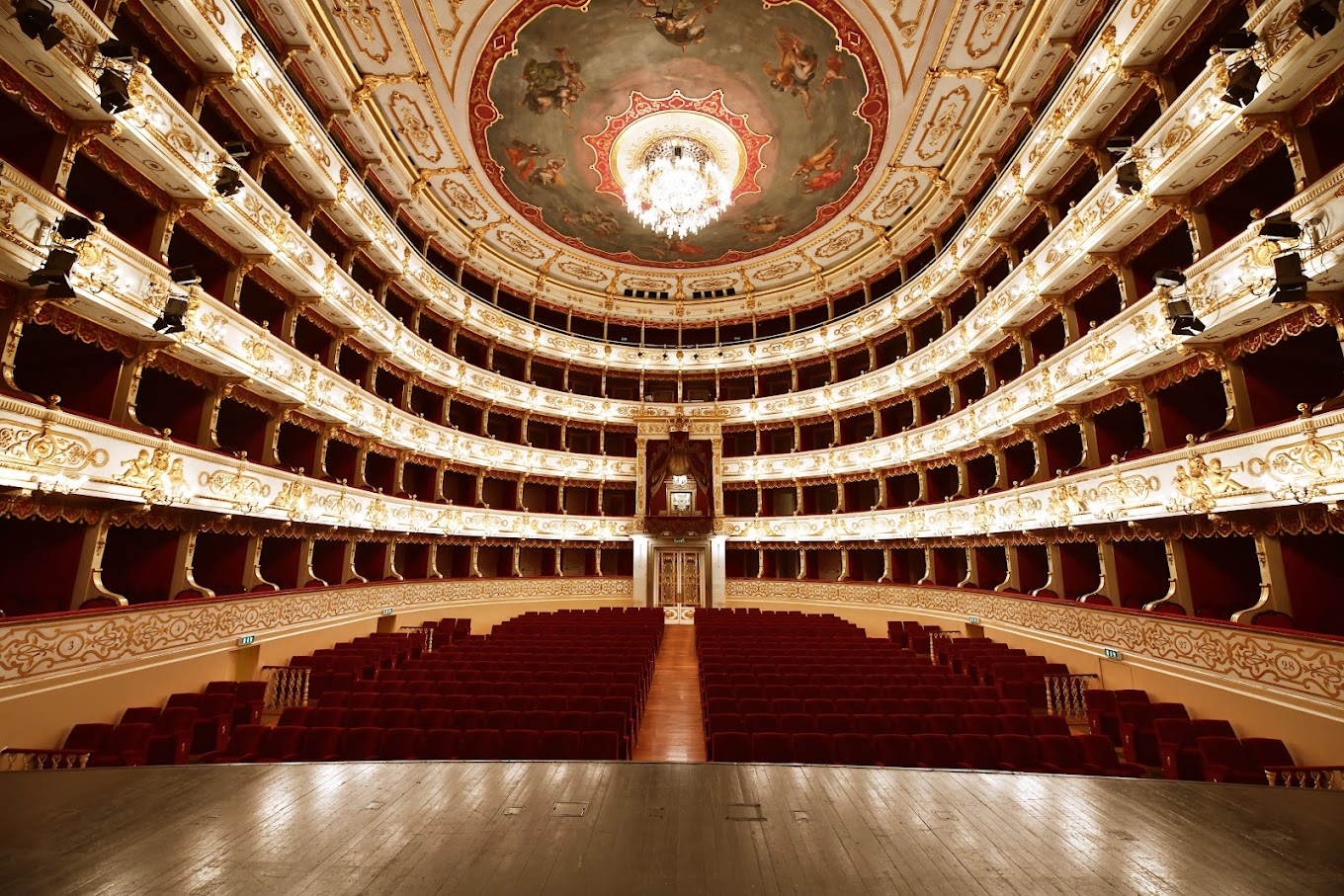
Teatro Regio
Sandrini pauses from her usual spiel and continues, “Maria Luigia loved music, theater, and painting, which she tried her hand at. To her we owe the construction of the new Ducal Theater, now called Teatro Regio, around which revolved first-rate figures of the Italian 19th-century musical scene, first among them Giuseppe Verdi.” The Verdi Festival, which brings the city to life with a schedule of operatic events every year, finds its roots in her affinities. Other artists took interest in the city too: French writer Stendhal set his book The Charterhouse of Parma here, transforming the city into a surreal, rarefied place.
But is the “petit capital” still worthy of its name? I would say yes. The French spirit lives on in the streets—especially strolling along Borgo XX—and in the countless antique stores and art galleries, including “The Mercante in Fiera”, the annual furniture fair chock full of rare antiquities and modern design pieces.
You can find it in sought-after boutiques like O’ and the bars and restaurants reminiscent of Ville Lumière; gelateria Ciacco by Stefano Guizzetti, Tra L’Usa e L’Asa, Osteria Virgilio, and Cortex Bistrot are four not to be missed. In every pasticceria, you’ll find dishes favored by Maria Luigia, such as “tortel dols”—sweet tortelli filled with breadcrumbs, cooked wine, and pear mostarda—and “torta Duchessa”—a three layer cake made with hazelnut flour shortcrust pastry and filled with chocolate pastry cream and zabaglione; try these at Pasticceria Cocconi and Pasticceria Torino in the city center.

You’ll still see hints of Paris in the city’s colors, from the distinct “Parma yellow” that tints its palaces—legend says it’s because of the blond hair of Filippo Borbone’s daughter—or in the violet that has become both a color and symbol of the city because they were loved by the Good Duchess. The famous “Violetta di Parma”, a perfume produced by Borsari, is attributed to her. Look for candied violet bonbons in pastry shops, like San Biagio on Via Carlo Pisacane.
The “petit Paris” also survives in its people. It should come as no surprise that many words in the dialect of Parma typically recall French sounds. Potatoes, popularly called “pom da tera“, are reminiscent of the French “pommes-de-terre“, as is “tirabusòn”, corkscrew, a direct import of the French “tire-bouchon“. Ultimately, the Parisian influence survives in the taste and style of its citizens who, albeit sometimes with a hint of snobbery, continue to pay attention to elegance in living and dressing that you’ll be hard pressed to find elsewhere.
